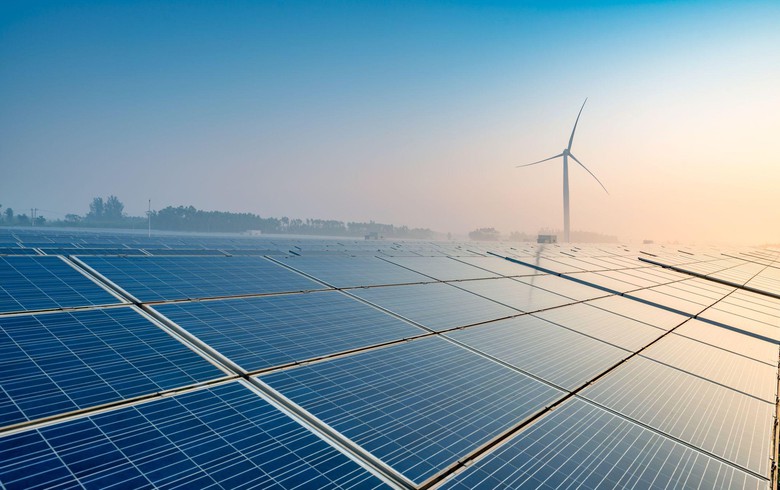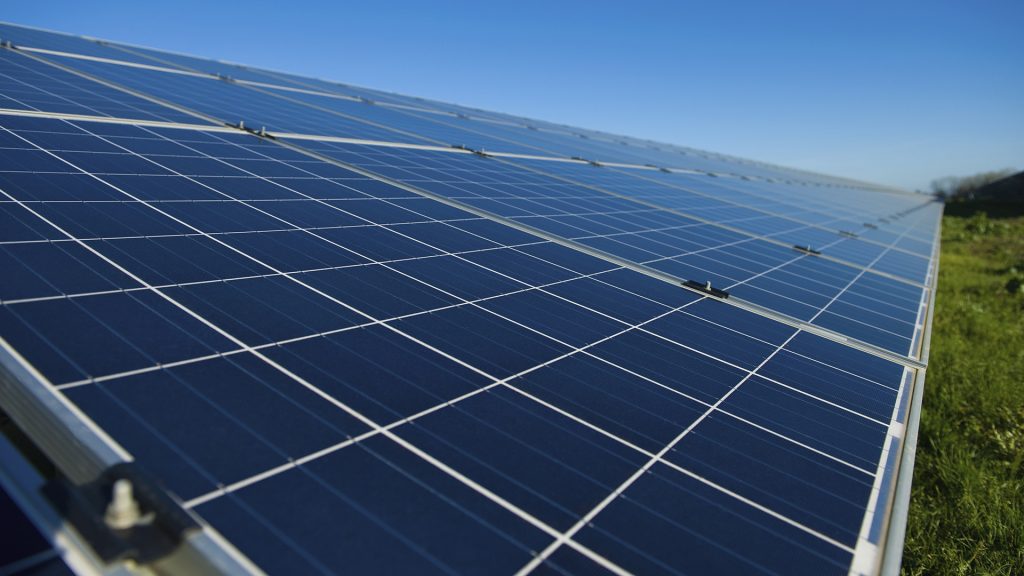5 Steps To Design Solar Photovoltaic Modules
Determination of Power Consumption Requirements
The understanding of power consumption is essential for designing solar PV modules. A household in a developing country or a third world nation typically generates and uses between 10 to 30 kilowatt-hour of electricity per day . For a commercial building, a vast amount of power is needed, which is between 100 to 1,000 kilowatt-hour, due to daily operations. Identifying peak and off-peak power uses also play a role in designing the modules.
Analyze Peak and Off-Peak Energy Demands
Peak and off-peak energy demands must also be analyzed to appropriately size the solar PV system. Given that a peak is a usage period where there is an increased need for energy, they will also correspond with sunrise and sunset. Likely, this is when lights, air conditioning, and heating systems will be used most. An off-peak period is when people do not be at home, most likely sleeping, or during the day, when people are at work.
Size Solar PV Systems Based on Peak Usage
By understanding which periods are peak and off-peak, designers can ascertain the size and capacity of the solar PV system that is needed to meet the daily requirement. Furthermore, future growth of businesses and populations must also be factored. When developing solar PV modules, power consumption of homes, businesses, and other places may increase as people adjust to new technologies. In this case, the modules need to be easily scalable for additional units in the future.
Design with Weather Conditions in Mind
Season and weather conditions are also important when it comes to technology. In colder countries, where there is often less sunlight, solar PV modules may need to be larger to compensate. Energy monitoring and analysis must also be used to measure power consumption requirements. An energy monitoring and analysis tool is a device that measures energy use and usage in real-time . As a result, modules have been created to optimize the specific needs of end users, specifically the power needed and consumed.

Determination of Photovoltaic Module Size
Before determining the size of the PV module, it is important to evaluate the available roof or ground space. A residential rooftop has an area between 100 and 300 square meters, and commercial space such as a warehouse or factory has a larger area between 500 and 2000 square meters.
Assess energy production requirements
To determine the size of the module, energy production requirements should be assessed. To assess energy consumption and determine the production of the PV system, factors of daily average energy consumed or desired offset should be considered. For example, if a house consumes 30 kWh, 5 to 10 kW should be considered depending on the consumption and whether peak energy is required. But every user wants an independent energy solution or not.
Calculate optimal module capacity
PV modules’ optimal capacity should be related to the efficiency of the module used, sunlight exposure, and existence of shading. For instance, if the module capacity is 300 to 400 watts, it can generate the average output in a day if sunlight is available. Therefore, for a daily 30 kWh, ranging between 15 and 30 modules can be sufficient.
Account for geographic location and climate
Geographic location and climate features can be important in terms of the size of the PV module. Since deserts and tropical areas receive more sunlight, the module size is expected to be smaller rather than in cloudy weather conditions or lack of sunlight. Temperature extremes or wind load can be effective in selecting the proper size and type of the solar panel.
Budget and financial constraints
For designing solar PV modules, budget and financial conditions will have to be accounted for. When size is increased, this will also increase the cost. Even though spending on the PV system is an investment in the future, the budget for PV can be limited. Since the initial investment can be proportional with the size of the system, the first priority can be the rooftop as a small part of the house because he/she has to invest in other parts of the house or other relevant things.

Inverter Size
One aspect that should be taken into consideration before determining inverter size is the DC power output of the solar panels. Generally, a typical solar panel has a DC power output within the range of 250-400 watts. While the inverters are currently available in the range of 3 to 50 kW, it is important to consider inverters with a higher capacity for panels with a high DC power output.
Inverter Efficiency and Capacity
Inverter size should take into account both efficiency and capacity. The efficiency of inverters ranges from 95% to 98%. For example, a 10 kW solar PV system may require an inverter with a capacity of 10.5 kW to 10.8 kW to cater for inherent losses.
Evaluate Peak AC Power Output Requirements
Evaluation of peak AC power output requirements helps in selecting appropriate inverter size. Peak AC power output simply refers to the maximum amount of electricity that the inverter can convert from DC to AC. For instance, a residential premise with a peak demand of 8 kW requires an inverter with a capacity of 8.5 kW to 9 kW to manage the peak loads effectively.
Consider Future Expansion and System Upgrade
It is important to consider future expansion and system upgrade when selecting inverter size. The future increase in energy consumption or the addition of more solar panels require an inverter with a higher capacity. Inverters of slightly larger capacity than those required for the current system are ideal to accommodate planned expansions.
Ensure Compatibility with Grid Connection Requirements
Inverter size is also influenced by requirements for grid connections. Inverters are required to fulfill specific standards set by some utility companies when used in grid-tied solar PV systems. The inverter’s size should be chosen to ensure compliance with such requirements.
Battery Size
The battery size cannot be determined until the solar PV system’s energy storage requirements have been evaluated. In some cases, a residential property may require storage to allow the electric system to operate and power the loads at night or in the event of a power outage. The range of storage requirements is broad and depends on many variables, such as the size of the residence, the nature of the electrcal loads, and the homeowner’s requirements for energy Autonomy.
Assess Daily Energy Consumption
In order to calculate battery size, it is critical to evaluate the daily energy consumption of a home. This step involves reviewing historical data to determine how much energy a home’s electrical system is using daily. For example, if a home uses 20 kWh of electricity per day, a battery that stores 10 kWh to 30 kWh of energy might be appropriate, depending on other factors, such as the depth of discharge and the duration of energy storage.
Consider Battery Chemistry and Efficientcy
In order to determine battery size, it is also crucial to consider the chemistry and efficientcy of the battery. Lithium-ion batteries are among the most widely used battery technologies for the storage of solar energy because of their high energy density and efficiency. If an efficientcy of 90% were assumed, for instance, it would require a battery a little more than 2 times the calculated size to cover the losses accouned for by the efficientcy.
Assess Depth of Discharge and Cycle Life
Finally, depth of discharge and cycle life are two variables that must be evaluated when determining battery size. Often, the depth of discharge is set to about 80%, as discharging a battery beyond this depth would lower cycle life. In other words, a battery with a depth of discharge of 80% would last longer in terms of the number of charge/discharge cycles it could tolerate. Of course, the price of the battery, capacity, square meters of space available, and buyer instincts would all play a role in battery selection.

Determination of Solar Charge Controller Dimensions
This process requires an evaluation of the voltage and current output of the solar panel array before determining the size. A typical solar panel array may have a voltage output of 12 volts for small systems and 48 volts or more for larger setups. In terms of current output, values for various array sizes and configurations may need to be assessed. Thus, a small solar panel array might have a current output of 5 amps, while a larger or differently arranged one may exhibit values of 30 amps or more.
Evaluate the Charging Needs and Battery Compatibility
For a correct evaluation of the most suitable size of the solar charge controller, the charging needs and battery compatibility should be assessed. Criteria that need to be considered are the battery voltage and the battery capacity, as well as the charging current and charging voltage requirements. For example, a 12-volt battery bank’s capacity might be 200 amp-hours . Thus, the controller’s charging requirements would be in the range of 20 to 40 amps of charging current.
Determine the Controller Capacity Based on System Size
The controller’s capacity depends on the size of the solar PV system and the charging needs . For example, a small off-grid system with a 500-watt solar panel array might require a controller with a capacity of 20 to 30 amps, while a larger system with a 5 kW array may need a controller with a capacity of 100 amps or more. In order to determine the exact dimensions based on the size, the voltage and capacity of the battery should be known.
Evaluate Environmental Factors and Location
When selecting the dimensions of the solar charge controller the environmental factors and location should be considered . For instance, variations in temperature and humidity, as well as exposure to dust or moisture, should be taken into account. The unit size and protection rating should be accordingly selected in order to achieve long life and reliable performance under harsh environmental conditions.